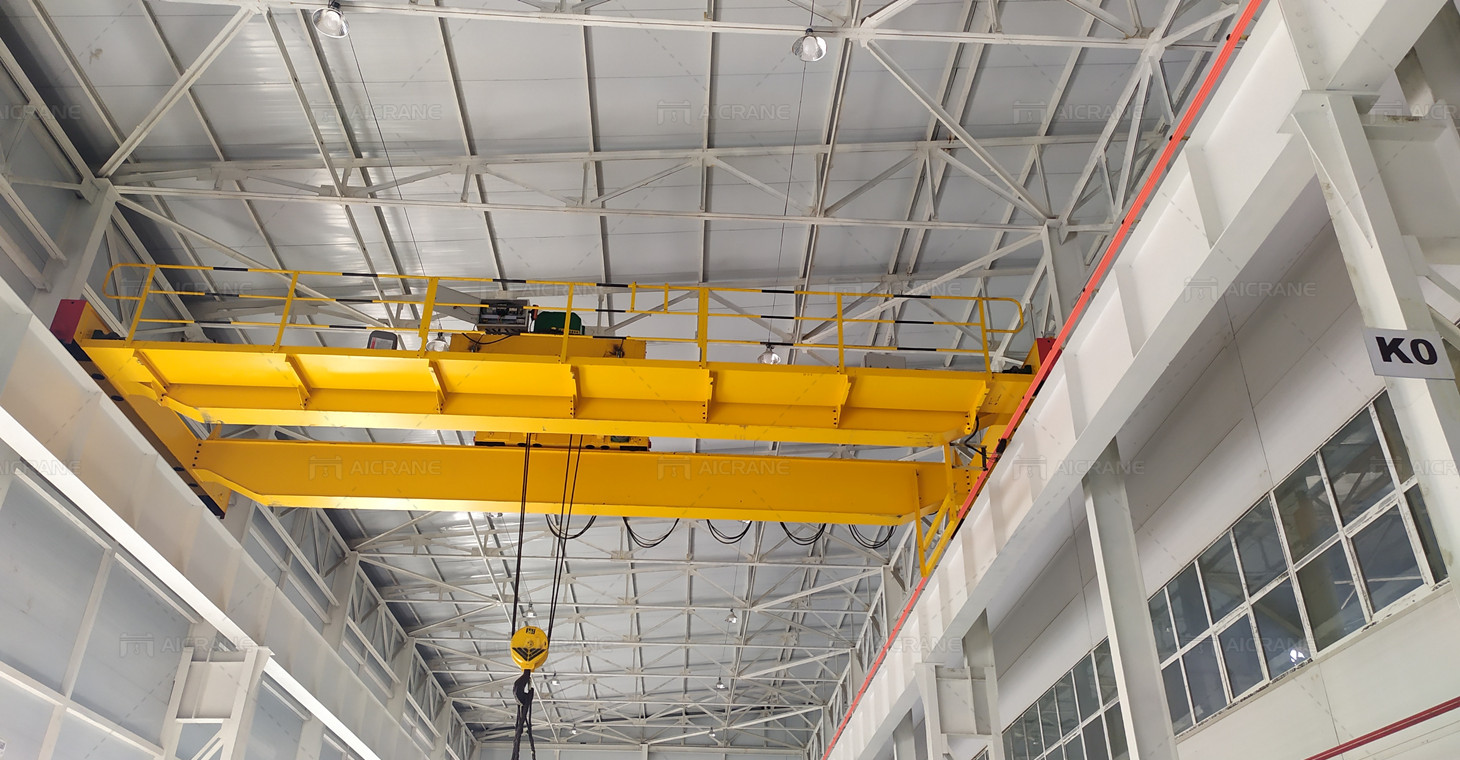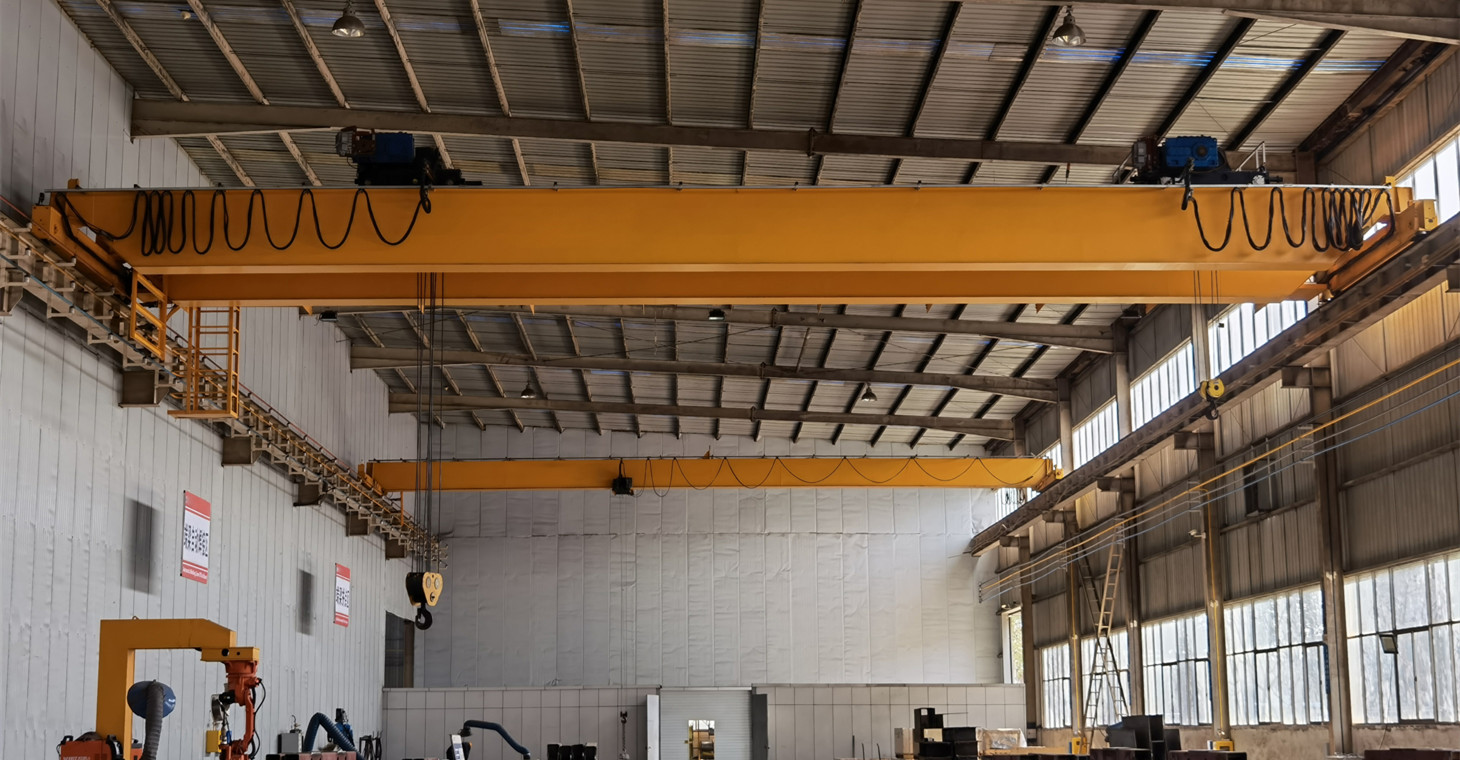Installing a 40 ton bridge crane is a complex process that requires careful planning, coordination, and adherence to safety guidelines. Here are three essential tips to consider during the installation of a 40 ton bridge crane:

Detailed Site Assessment and Planning
Before the installation process begins, conduct a thorough site assessment to ensure that the location is suitable for the installation of a 40 ton heavy duty bridge crane. Consider factors such as floor strength, overhead clearances, and the structural integrity of the building. Here are key aspects to focus on:
Floor Strength: Confirm that the floor where the crane will be installed can support the weight and dynamic forces generated during crane operations. It might be necessary to reinforce the floor if it doesn’t meet the required specifications.
Overhead Clearance: Ensure there is sufficient overhead clearance for the crane to operate without any obstructions. Consider the crane’s hook path, trolley travel, and the height of the loads being lifted.
Structural Assessment: Verify the structural integrity of the building to support the crane’s runway system. The building must withstand the forces exerted by the crane without compromising safety.
Once the site assessment is complete, create a detailed installation plan that includes the layout of the crane, positioning of runway beams, and the installation sequence. Planning is crucial to prevent delays and ensure a smooth installation process.

Experienced and Qualified Installation Team
The installation of a 40 ton bridge crane is a complex task that requires a skilled and experienced installation team. Ensure that the team responsible for the installation has the necessary qualifications, certifications, and experience with similar crane installations. Key considerations include:
Certified Crane Installers: Verify that the installation team consists of certified crane installers who are familiar with industry standards and safety protocols.
Manufacturer Guidelines: Adhere to the manufacturer’s installation guidelines and specifications. Each crane model may have unique requirements, and following the recommendations of crane manufacturer is crucial for safe and efficient installation.
Safety Training: Prioritize safety by ensuring that the installation team has undergone proper safety training. Crane installations involve working at heights and handling heavy loads, making safety a top priority.
Coordination with Other Trades: If other construction or maintenance activities are ongoing at the site, coordinate with other trades to ensure a smooth and safe installation process.
Rigorous Inspection and Testing
After the crane components are installed, conduct rigorous inspections and testing to ensure that the crane operates safely and meets performance expectations. Key steps include:
Pre-Operational Inspection: Before conducting any load tests, perform a thorough pre-operational inspection of all crane components. Check for loose bolts, proper alignment, and any signs of damage.
Load Testing: Gradually load-test the crane to its rated capacity to ensure that it can handle the specified loads safely. Monitor the crane’s performance during lifting, lowering, and trolley travel operations.
Functional Testing: Test all the crane’s functions, including emergency stops, limit switches, and safety features. Ensure that the heavy duty bridge crane responds correctly to control inputs and halts operations in case of any malfunctions.
Certification and Documentation: Obtain the necessary certifications and documentation for the completed installation. This documentation is essential for regulatory compliance and future inspections.
By investing time and resources in a meticulous site assessment, assembling an experienced installation team, and conducting thorough inspections and testing, you can contribute to the successful and safe installation of a 40 ton bridge crane. Following these tips will help ensure that the crane operates efficiently and meets all safety and performance standards.